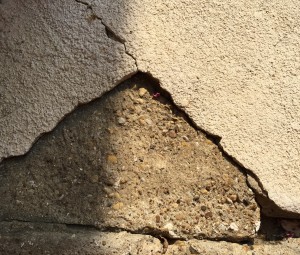What are “bots”?
The bot is the larva of a bot fly, which is a parasite, but that is not the “bot” I want to talk about.
“Bot” is a shortened form of “robot”, and that is the bot we should talk about.
As I sit at this computer typing and searching sites for information, I am the start of a bot. As I sit here wishing I could type faster, reach more sites and retrieve more information, I am wishing I had a robot to do these tasks quicker and more efficiently. I am wishing for a bot.
That bot would be a version of me. It is software to do something for me. It is a program written by people to do things people want to do quicker and more efficiently.
You want to buy all the good seats to the upcoming concert, but you can’t type fast enough to accomplish the task. You write a software program for your computer to visit the theatre site and buy the best ticket, and visit the site a nanosecond later and buy the best ticket remaining, and visit and visit, and buy and buy. In no time, you have purchased all the best tickets. I should say your robot software, your bot, has purchased all the best tickets. Enjoy the show.
Internet bots or “Interbots” are programs that visit and do, visit and do. Sometimes they do good, and sometimes they do bad.
When the stock markets crashed recently, some blamed hoards of frightened Interbots for selling stocks as prices fell, and selling more and more, as prices fell more and more. A crescendo of cascading bot pac men chewed and chomped value from a perfectly good market — tumbling the tapes to new depths.
Bots can do good. Some bots protect the virtual verbiage on the net by removing words of little value. Other bots retrieve valuable bits and pieces of widely scattered information to progress research to improve the human condition.
Bots themselves are not things. They are an activity launched from a solid computer located somewhere. Bots are talk spoken over the Internet. Bots do have the properties of communication, but they do not have standard dimensions. A bot has no discernible height and weight. Yes, they are similar to speech, but they do not have a form and mass you can readily grasp. They are the messages you send when you type on your keyboard, just many many more moving much much faster.
Nanoparticles, on the other hand, are true particles. They are vey small. A “nanometer” is one billionth of a meter. That is very small.
Nanoparticles are real particles for real things. They can be nanobots when they interact with the things they are designed to react to – like a thermostat reacts to a change in temperature. In computers, nanobots can be micro-micro switches that read and react to digital signals.
In Michael Crichton’s book “Prey”, nanobots swarm together and evolve into an artificial intelligence (AI). Those nanoparticles infect and control the humans who designed and made the small things. That is a far-fetched thought from the far-fetched creator of “Jurassic Park.” Most nanoparticles are helpful coatings and constituents of things we use everyday. They improve our lives. Still, they are bots, and we all know bots are changing the Internet.
Interbots and nanobots are bits and pieces that have affected where we come from, how we live and where we’re going.
You may say it’s just a game and not a big thing, but the nano’s often leave pain, and sometimes nothing seems to ever go right.
“Bits and Pieces” was released by The Dave Clark 5 in 1964. The song climbed to #1 in Canada and Ireland, #2 in the UK and Australia, and #4 in the Netherlands and USA. One writer referred to the tune as rocky, raucous and meaningless. Nonetheless, 1964 seems to have been a good year for the meaning of life and the new beginnings of the robots.
Grandpa Jim



